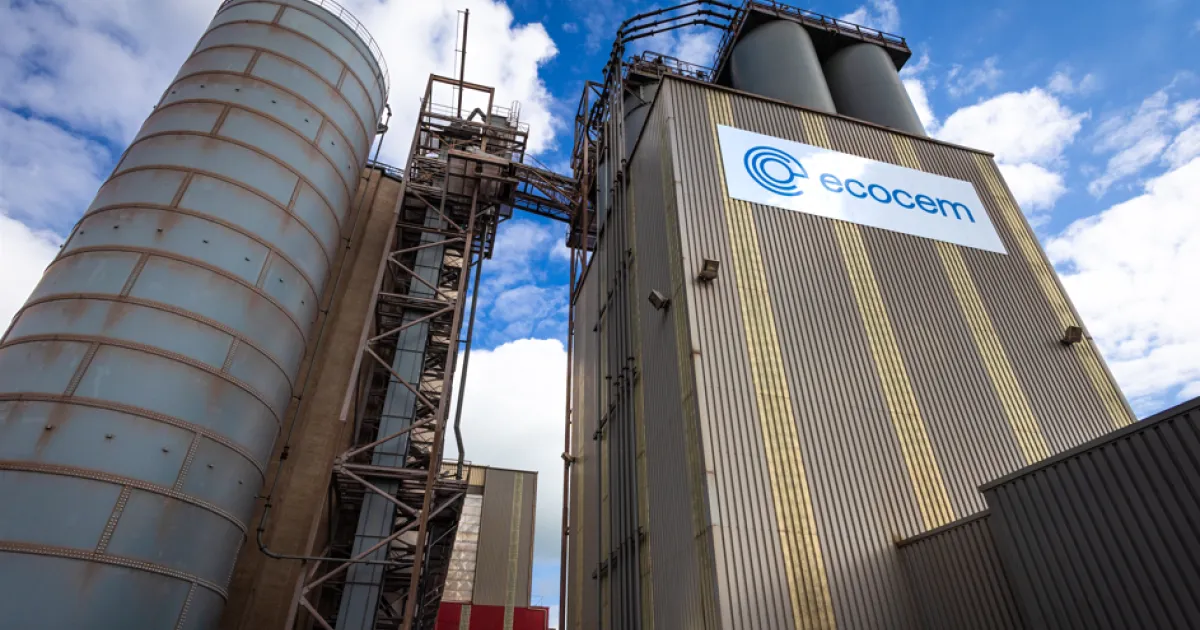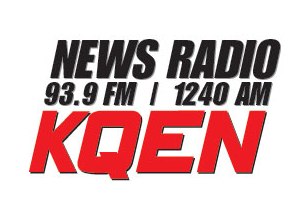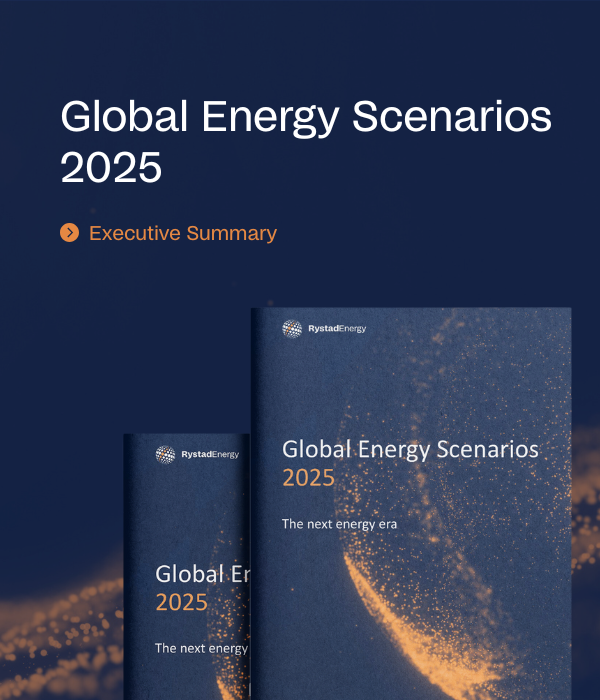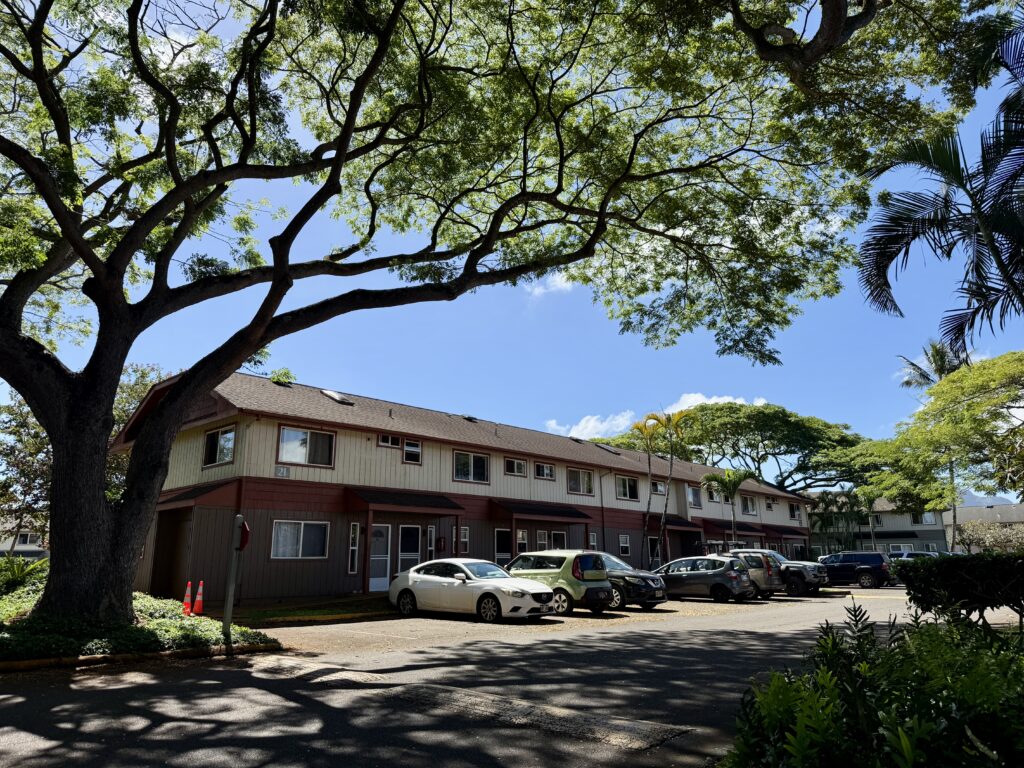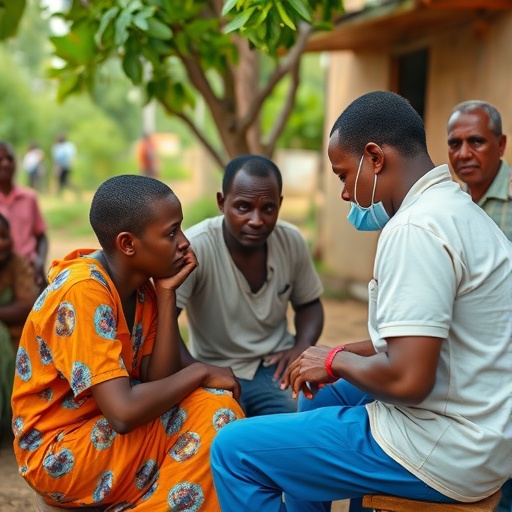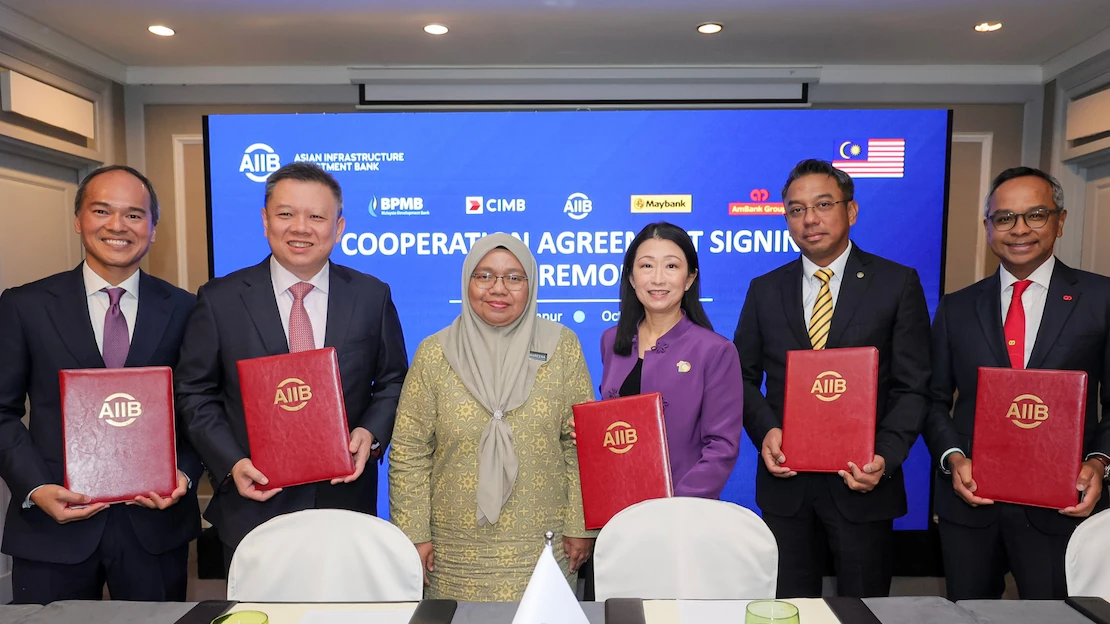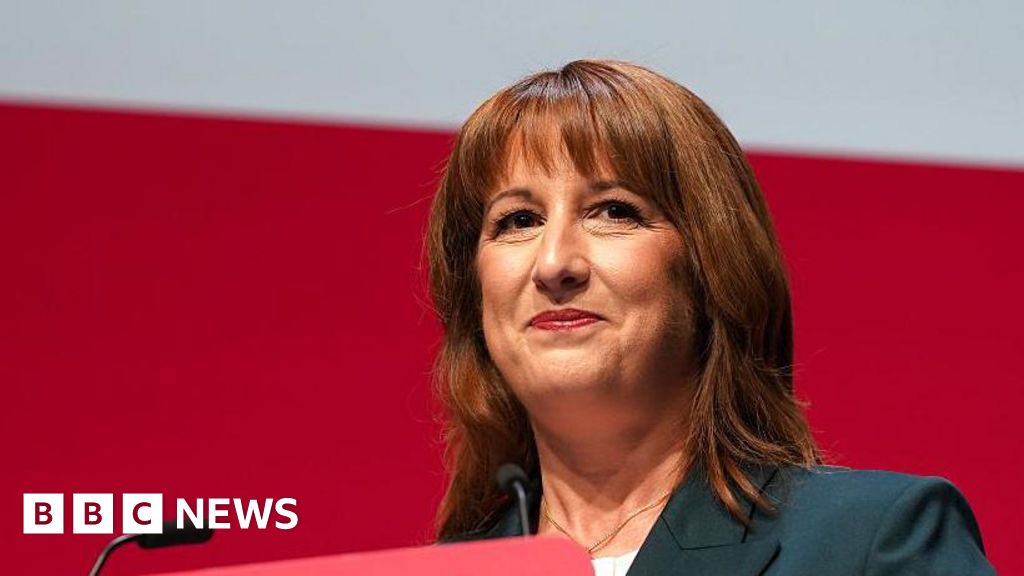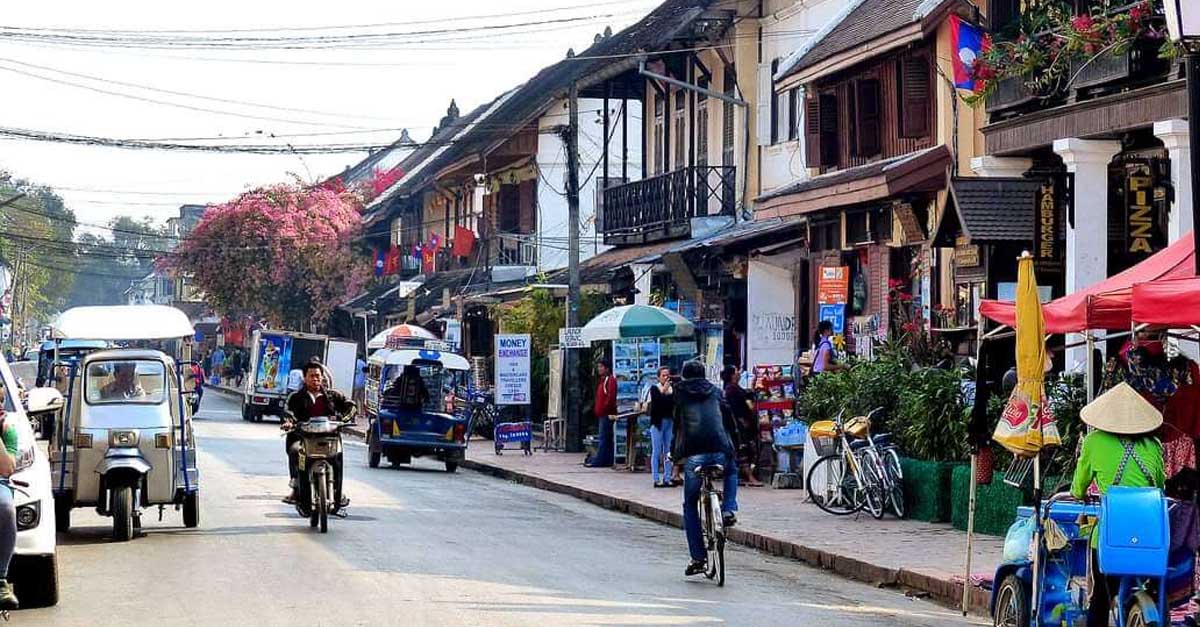EGP 5bn allocated to support micro, small and medium enterprises in 2025/2026 budget: Finance Minister – Dailynewsegypt

Egypt’s 2025/2026 Budget Allocation for MSMEs: A Catalyst for Sustainable Development Goals
Overview of the Financial Initiative
- The Egyptian government has allocated EGP 5 billion in the 2025/2026 state budget to support Micro, Small, and Medium-sized Enterprises (MSMEs).
- Effective from 1 July, the initiative aims to provide accessible and affordable financing, with a particular focus on young entrepreneurs in priority sectors.
- This funding is designed to bolster the private sector and productive industries, contributing directly to national economic growth.
Alignment with Sustainable Development Goals (SDGs)
The initiative is strategically aligned with several key United Nations Sustainable Development Goals:
-
SDG 8: Decent Work and Economic Growth
- By fostering entrepreneurship and supporting start-ups, the program aims to create sustainable jobs and promote inclusive economic growth.
- The focus on young entrepreneurs directly addresses targets related to youth employment and economic productivity.
-
SDG 9: Industry, Innovation, and Infrastructure
- The funding encourages local production and the manufacturing of local components, strengthening domestic industrial capacity.
- It supports the development of resilient infrastructure by reinforcing the MSME sector, which is a cornerstone of the national economy.
-
SDG 1: No Poverty & SDG 10: Reduced Inequalities
- A core objective is the economic empowerment of low-income households, directly contributing to poverty alleviation.
- By providing preferential, low-cost financing, the initiative seeks to reduce financial inequalities and provide opportunities for marginalized economic groups.
-
SDG 17: Partnerships for the Goals
- The initiative is implemented through a formal cooperation protocol between the Ministry of Finance and the Micro, Small and Medium Enterprise Development Agency (MSMEDA).
- This public-sector partnership exemplifies the collaborative approach required to achieve the SDGs.
Implementation and Strategic Partnerships
- A cooperation protocol has been signed by Finance Minister Ahmed Kouchouk and MSMEDA CEO Basel Rahmi to execute financial policies that support the MSME ecosystem.
- This collaboration marks a new phase aimed at ensuring the financial sustainability of MSMEDA and its capacity to drive economic development.
- The partnership is praised as a forward-looking approach to creating new opportunities for the economic empowerment of young people.
Targeted Support Mechanisms
The allocated funds will be directed towards several specific initiatives designed to maximize impact on sustainable development:
- Supporting beneficiaries of tax relief schemes to enhance their financial stability.
- Promoting entrepreneurship and providing targeted support for start-ups.
- Advancing export-oriented projects to improve trade balances and economic resilience (SDG 8).
- Enabling the economic empowerment of low-income households (SDG 1, SDG 10).
- Offering preferential, low-cost financing to the first cohort of businesses integrated into the new simplified and unified tax system.
Analysis of Sustainable Development Goals (SDGs) in the Article
1. Which SDGs are addressed or connected to the issues highlighted in the article?
-
SDG 1: No Poverty
The article connects to this goal through its focus on the “economic empowerment for low-income households,” which is a direct strategy to alleviate poverty by improving financial stability and opportunities.
-
SDG 8: Decent Work and Economic Growth
This is a central theme of the article. The initiative to allocate EGP 5bn to support MSMEs is aimed at “stimulating economic growth,” bolstering the “private sector and productive industries,” and promoting “entrepreneurship,” particularly among “young entrepreneurs.”
-
SDG 9: Industry, Innovation, and Infrastructure
The article addresses this goal by highlighting efforts to support “micro, small, and medium-sized enterprises (MSMEs),” encourage “local production and component manufacturing,” and advance “export-oriented projects.” These actions contribute to building resilient infrastructure and promoting inclusive and sustainable industrialization.
-
SDG 17: Partnerships for the Goals
This goal is demonstrated by the collaboration between Egypt’s Ministry of Finance and the Micro, Small and Medium Enterprise Development Agency (MSMEDA). The signing of a “cooperation protocol” exemplifies a public-public partnership aimed at achieving shared economic development objectives.
2. What specific targets under those SDGs can be identified based on the article’s content?
-
Target 8.3: Promote development-oriented policies that support productive activities, decent job creation, entrepreneurship, creativity and innovation, and encourage the formalization and growth of micro-, small- and medium-sized enterprises, including through access to financial services.
The article directly aligns with this target by detailing a government initiative to provide EGP 5bn to “support micro, small, and medium-sized enterprises (MSMEs).” The funding is explicitly intended to “make financing more accessible and affordable for young entrepreneurs” and “encourage entrepreneurship and support start-ups.”
-
Target 9.3: Increase the access of small-scale industrial and other enterprises, in particular in developing countries, to financial services, including affordable credit, and their integration into value chains and markets.
This target is clearly identified through the government’s plan to offer “preferential, low-cost financing” and make funding “more accessible and affordable.” The initiative specifically targets MSMEs to bolster “productive industries” and encourage “local production and component manufacturing,” thereby helping them integrate into the broader economy.
-
Target 1.4: By 2030, ensure that all men and women, in particular the poor and the vulnerable, have equal rights to economic resources, as well as access to… financial services, including microfinance.
The article relates to this target by mentioning that the initiatives include enabling “economic empowerment for low-income households.” Providing accessible and affordable financing is a key mechanism for giving vulnerable populations access to the economic resources needed to improve their livelihoods.
-
Target 17.17: Encourage and promote effective public, public-private and civil society partnerships, building on the experience and resourcing strategies of partnerships.
The article highlights the “cooperation protocol” signed between Finance Minister Ahmed Kouchouk and Basel Rahmi, CEO of MSMEDA. This formal agreement between two public entities (the Ministry of Finance and a government agency) is a direct example of a partnership to implement financial policies and achieve development goals.
3. Are there any indicators mentioned or implied in the article that can be used to measure progress towards the identified targets?
-
Financial Allocation as an Indicator
The article explicitly states the amount of “EGP 5bn” earmarked in the 2025/2026 state budget. This monetary value serves as a direct, quantifiable indicator of the financial resources committed to supporting MSMEs (relevant to Targets 8.3 and 9.3).
-
Provision of Affordable Financing as an Indicator
The mention of “preferential, low-cost financing” for businesses joining the simplified tax system implies that the terms of this financing (e.g., interest rates, loan tenure) can be used as an indicator to measure the affordability and accessibility of credit for MSMEs (relevant to Target 9.3).
-
Number of Beneficiaries as an Indicator
The article implies that progress can be measured by tracking the number of beneficiaries. This includes the “first group of businesses joining the simplified and unified tax system” that receive financing and the number of “low-income households” that achieve economic empowerment (relevant to Targets 1.4 and 8.3).
-
Establishment of Partnerships as an Indicator
The signing of the “cooperation protocol” between the Ministry of Finance and MSMEDA is itself an indicator of progress towards Target 17.17, as it formalizes the partnership to achieve the stated goals.
4. Summary of SDGs, Targets, and Indicators
| SDGs | Targets | Indicators |
|---|---|---|
| SDG 8: Decent Work and Economic Growth | Target 8.3: Promote development-oriented policies that support productive activities, decent job creation, entrepreneurship, creativity and innovation, and encourage the formalization and growth of micro-, small- and medium-sized enterprises, including through access to financial services. |
|
| SDG 9: Industry, Innovation, and Infrastructure | Target 9.3: Increase the access of small-scale industrial and other enterprises, in particular in developing countries, to financial services, including affordable credit, and their integration into value chains and markets. |
|
| SDG 1: No Poverty | Target 1.4: By 2030, ensure that all men and women, in particular the poor and the vulnerable, have equal rights to economic resources, as well as access to… financial services, including microfinance. |
|
| SDG 17: Partnerships for the Goals | Target 17.17: Encourage and promote effective public, public-private and civil society partnerships, building on the experience and resourcing strategies of partnerships. |
|
Source: dailynewsegypt.com

What is Your Reaction?
 Like
0
Like
0
 Dislike
0
Dislike
0
 Love
0
Love
0
 Funny
0
Funny
0
 Angry
0
Angry
0
 Sad
0
Sad
0
 Wow
0
Wow
0


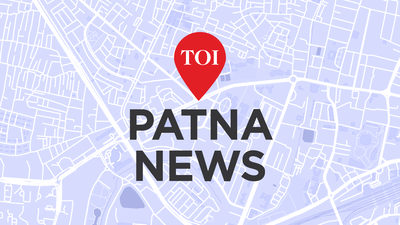





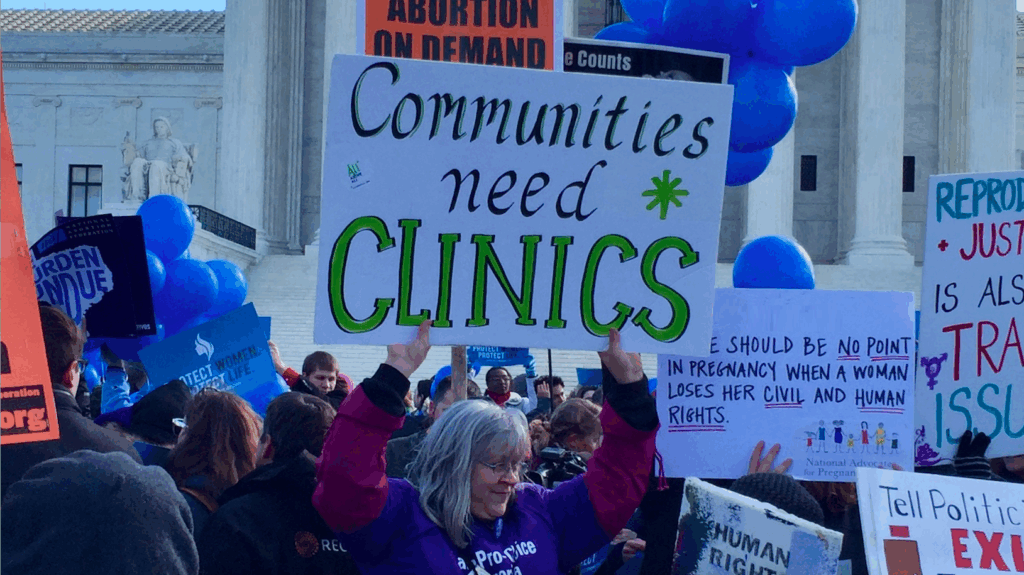

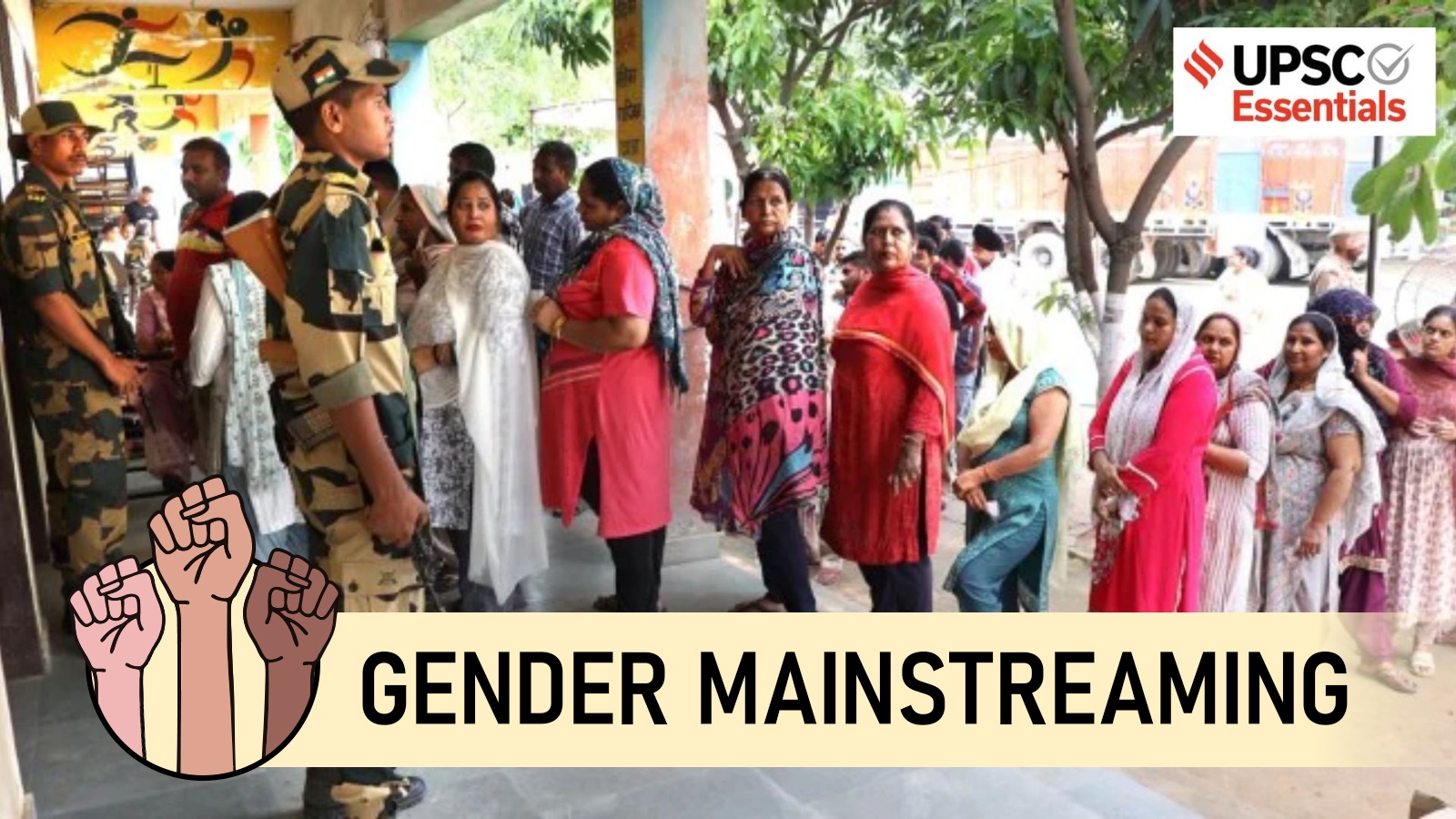

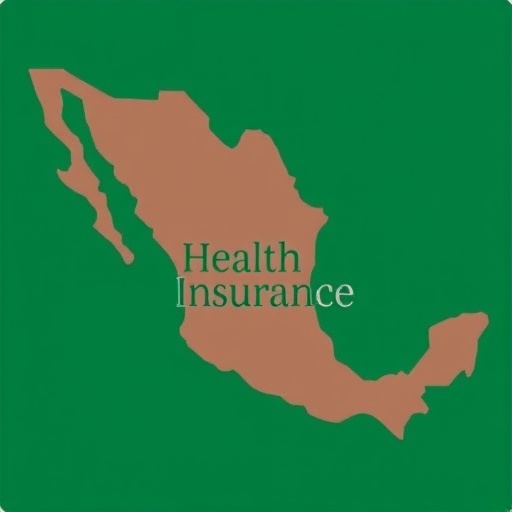


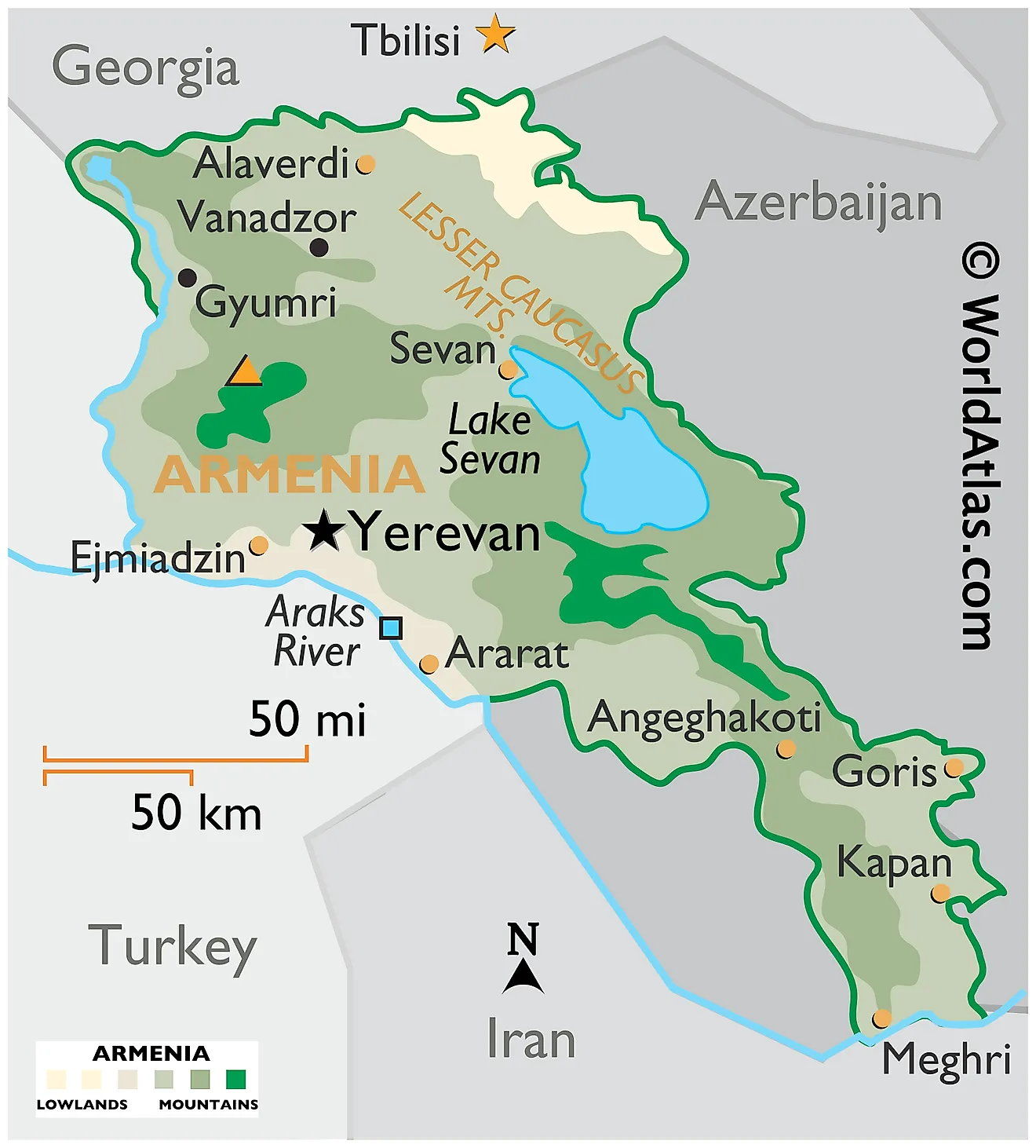








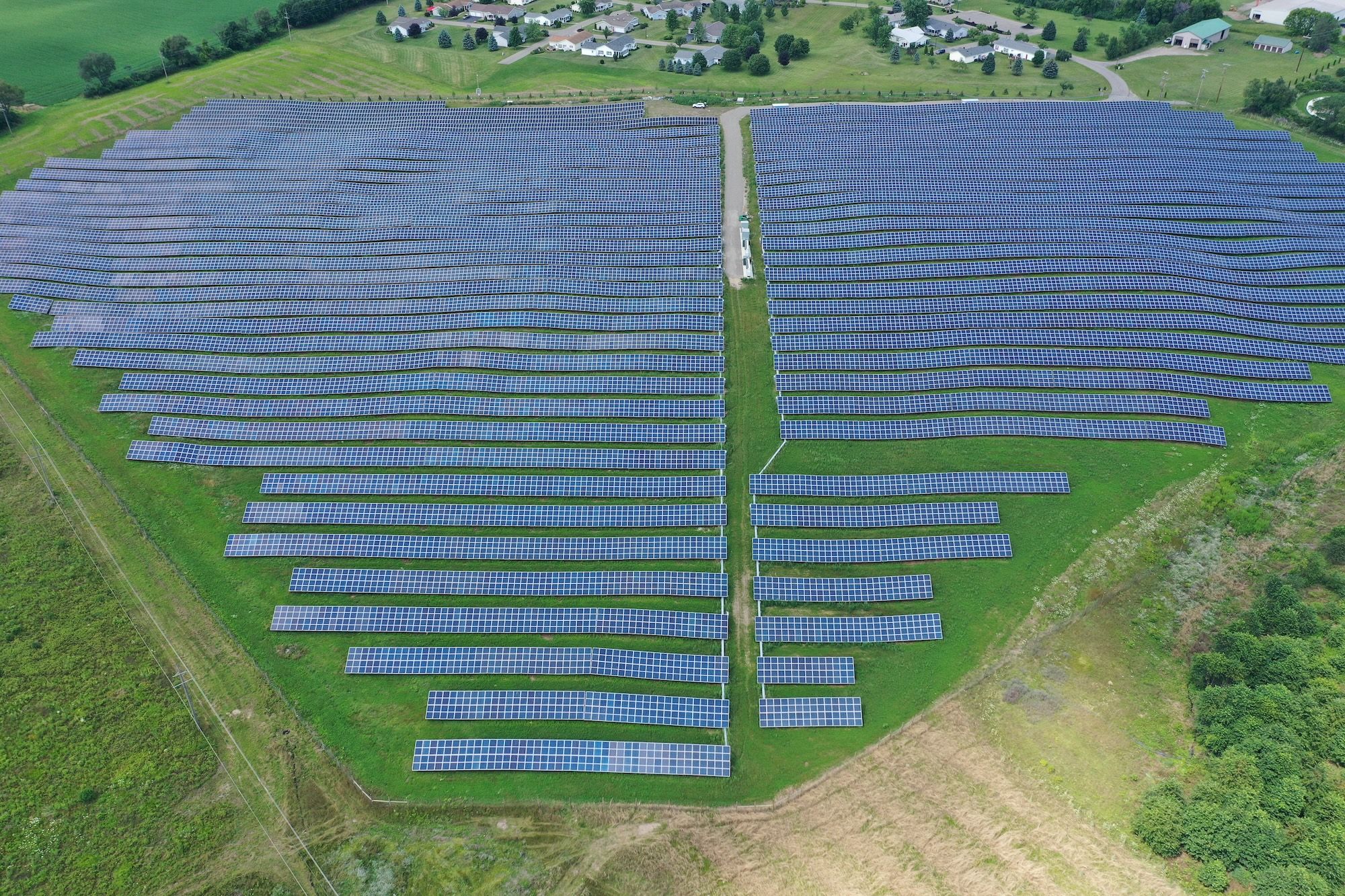







_1.png?#)

